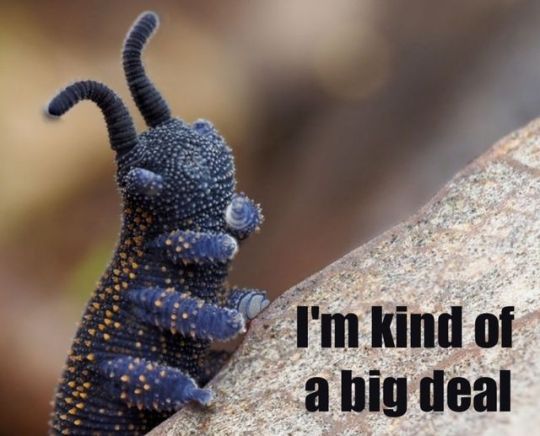#NATURAL VELVET
Text
#nature#amazing video#relax#landscape#photography#travel#madeira#sky#up#scenery#amazing nature#clouds#atmosphere#alternative#water aesthetic#artists on tumblr#photography on tumblr#home#home design#home decor#aethestic#vintage#waves#sea waves#waver velvet#beatuiful#sunset light#sunrise#full color#arhitecture
4K notes
·
View notes
Text
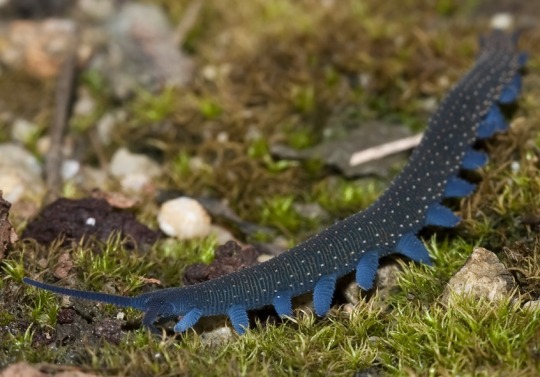
Velvet Worm (Euperipatoides sp.), family Peripatopsidae, QLD, Australia
photograph by Stephen Zozaya
5K notes
·
View notes
Text
Velvet ants are so common in the Florida sand that I don't always give them a second look (unless they're miniscule), but this one caught my eye because it suddenly buried itself in the sand, by scooting backwards. 👀👀
Brachynemurus nebulosus - an ant lion mimicking velvet ants!


1K notes
·
View notes
Text



꒰ ☆ ꕀ pink ocean ⢷ ᯽ ♩







#seulgi#kpop#seulgi moodboard#red velvet moodboard#kpop moodboard#colorful moodboard#vintage moodboard#y2k moodboard#cottage moodboard#green moodboard#random moodboard#messy moodboard#alternative moodboard#edgy moodboard#grunge moodboard#indie moodboard#carrd moodboard#lq moodboard#aesthetic moodboard#soft moodboard#fresh moodboard#film mooboard#retro moodboard#gg moodboard#nature moodboard#kpop layouts#red velvet#seulgi icons#locs#symbols
1K notes
·
View notes
Text




ig: lulumoonowlbooks - architect: trpcarquitetos
#think I’ve posted this or something very similar to this before but ohhmygaaahd#look at it!!#it’s perfection on all levels!!#cottagecore#nature#naturecore#warmcore#green aesthetic#light academia aesthetic#library#books#dark academia books#dark academia aesthetic#interior#interior design#interior inspo#velvet couch#grandmacore#cozycore#cosycore#cottage academia#cottage aesthetic
22K notes
·
View notes
Text



૮꒰ྀི ୨ ៸៸៸ ୧ ྀི꒱ა Angelic Eyes And Aura

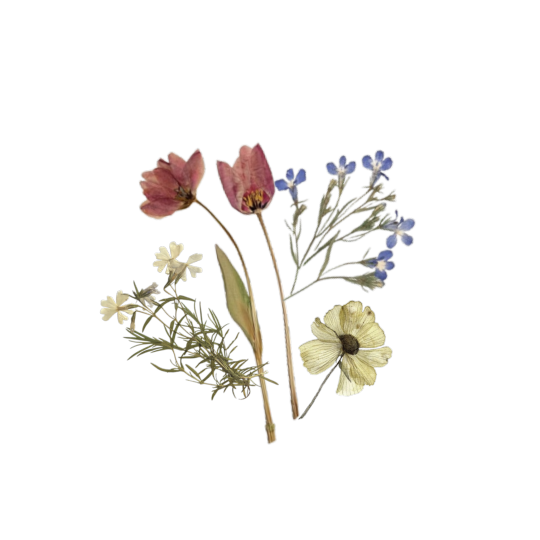





#minslune#png by me#div by roseraris#aesthetic#kpop#kpop moodboard#soft moodboard#random moodboard#simple moodboard#clean moodboard#aesthetic moodboard#cottagecore moodboard#cottagecore aesthetic#red velvet#red velvet moodboard#red velvet seulgi#seulgi#seulgi moodboard#coquette moodboard#fairycore moodboard#green moodboard#brown moodboard#colorful moodboard#light moodboard#nature moodboard#soft aesthetic#light acamedia#dark academia#y2k moodboard#kpop gg moodboard
484 notes
·
View notes
Text



⠀⠀⠀⠀ ⠀⠀⠀⠀ ᐧ.˳˳. ⠀⠀amor de lilas 🍏🪻⠀⠀。o ☆


#࿀࿁ 𓆡⋆.˚ ⃝teafloral ⠀⠀🍵☘️#⠀⠀⠀⠀#mb alt#archive moodboard#yeri icons#yeri mb#fakeland#cute moodboard#clean moodboard#gg moodboard#kpop moodboard#random moodboard#colorful moodboard#sea moodboard#yerimiese#red velvet mb#red velvet icons#red velvet#alternative moodboard#nature bios#sea bios#random bios#messy bios#cute bios#aesthetic bios#symbols aesthetic#random symbols#symbols cute
415 notes
·
View notes
Text




#irene#red velvet#mine#femaleidolsedit#femaleidol#femadolsedit#redvelvetinc#kpopggedit#idolady#useroro#leksietag#userisachaes#userdahyun#userjoanna#oorieri#dearestmillie#tuserflora#awekslook#namjoonlisa#userresa#usermolly#userpeach#cheytermelon#userdoyeons#usersealuv#foraddy#albalook#gifs!#i'm having thoughts...#thoughts of romantic nature
451 notes
·
View notes
Text
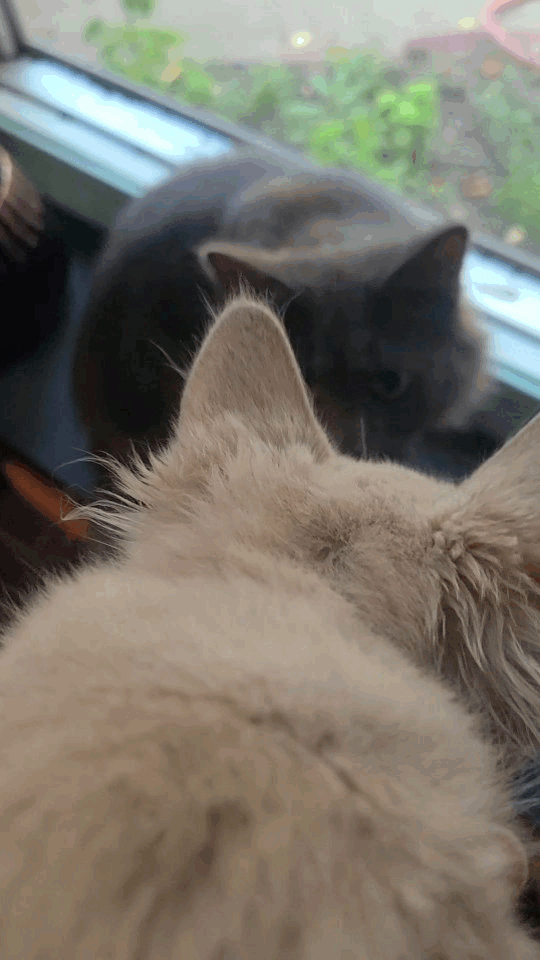
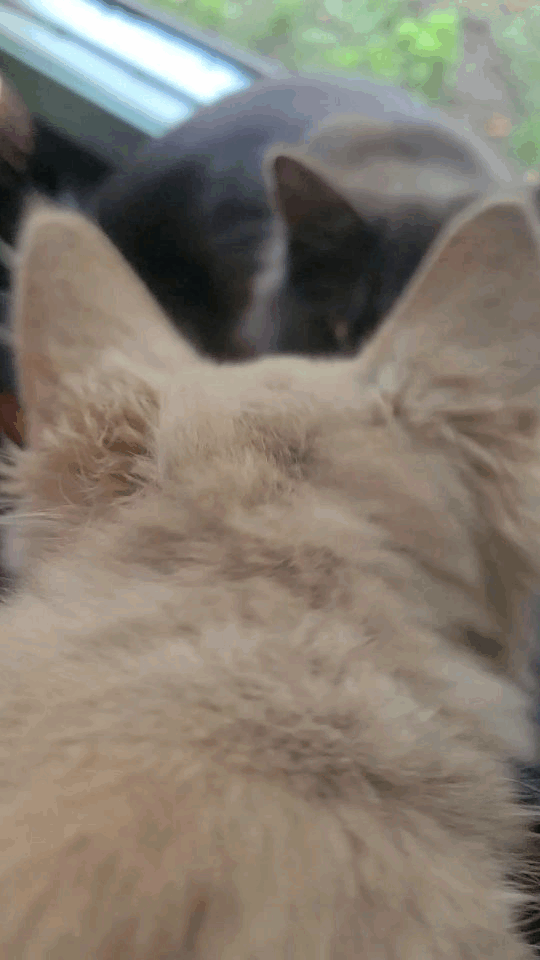



Queen Skrungle is soft and sweet like baby bunny but still Vice does not love her
#someone good has to adopt this kitten because she's just the most good natured little velvet weasel in the whole world n her tail is so long#i have to give them back no later than tuesday because I'm gonna be gone#but they're all such totally sweet babies i want to keep them#so cuddly!!!
1K notes
·
View notes
Text

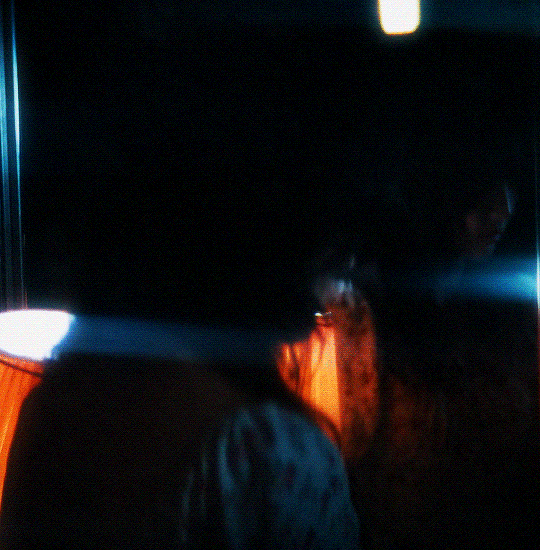
JOY & SEULGI.
Red Velvet.
Chill Kill (2023) - Trailer.
#red velvet#rvedit#joy#seulgi#park sooyoung#kang seulgi#femaleidolsedit#*#faiza gifs#oh the VIBES. so girls from nature like.
717 notes
·
View notes
Text

Oroperipatus tiputini: A new species of Velvet Worm from the Ecuadorian Amazon.
Velvet Worms, Onychophora, are a unique group of elongate, soft bodied, many legged Animals, given phylum status and considered to be among the closest living relatives to the Arthropods. They are currently the only known phylum of Animals known entirely from terrestrial species, both living and fossil, although they may be related to the Lobopodans, an entirely marine group known only from Early Palaeozoic fossils.
The 230 living Velvet Worm species are divided into two groups, the Peripatidae, found in the tropics of Central and South America, the Antilles Islands, Gabon, India, and Southeast Asia, and the Peripatopsidae, found in Chile, South Africa, Papua New Guinea, Australia, and New Zealand. All South American members of the Peripatidae are placed within a single clade, the Neopatida, which is further divided into two lineages, the 'Andean' genus Oroperipatus, and the 'Caribbean' lineage, comprising all other genera.
Read the paper: (https://zse.pensoft.net/article/117952/)
The new species is described from five male, three female, and three juvenile specimens collected in the vacinity of the Tiputini Biodiversity Station of the Universidad San Francisco de Quito in Orellana Province, Ecuador, between 2001 and 2023, as well as one youngling, which one of the female specimens gave birth to in captivity. The new species is named Oroperipatus tiputini, in reference to the location where it was discovered.
Adult female specimens of Oroperipatus tiputini very between 46 and 65.3 mm in length, while the adult males are smaller at 22.7 to 39.8 mm. Females have between 37 and 40 pairs of legs, while the males have between 34 and 37, although one male specimen had a different number of legs on each side, with 35 legs on the right and 36 legs on the left.
The species shows considable colour variation, with one adult male being a light brown colour with a faint rhomboid pattern, two adult males and one adult female being brown with orange diamonds, and another female (the one which produced a youngling) being a plain dark orange colour. The youngling itself was yellowish with a diamond pattern. All specimens were darked on their heads and antenae, had orange or brown legs, and a distinctive white band on the head.
Most specimens of Oroperipatus tiputini were found on small herbaceous Plants within old growth, closed canopy upland forests around the Tiputini Biodiversity Station. Other specimens were found in leaf litter, or on the butress roots of trees to a height of about 70 cm above the ground. One specimen was found in a Bromiliad. The Worms were more active at night.
IMAGE: Colour variation in the life of Oroperipatus tiputini. (A) Adult male paratype, ZSFQ-i8270; (B) adult male paratype, ZSFQ-i5151; (C) adult female holotype, ZSFQ-i8248, and youngling paratype, ZSFQ-17794, a few days after being born. All photographs were taken at the Tiputini Biodiversity Station. Photographs by Pedro Peñaherrera (A), (C) and Diego Cisneros-Heredia (B).
284 notes
·
View notes
Text
#nature#landscape#photography#travel#waver velvet#waves#photographers on tumblr#artists on tumblr#sky#up#scenery#amazing nature#clouds#motivación#adventure
1K notes
·
View notes
Text
Little velvet ant man! Phidippus cardinalis male, looking and behaving very much like the ubiquitous "cow-killer" velvet ants. ❤️🖤
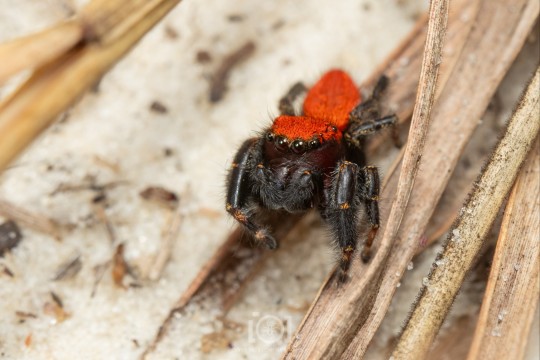

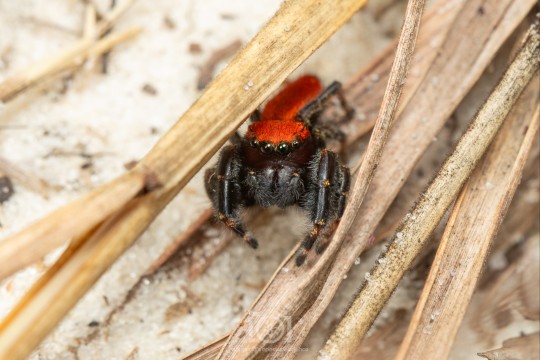

#nature#animals#bugblr#photography#science#invertebrates#spiders#emotionalsupportspood#salticidae#velvet ant
2K notes
·
View notes
Text





IRENE
Be Natural (feat. SR14B TAEYONG), 2014.
#irene#bae joohyun#bae juhyun#red velvet#rv#ireneedit#rvedit#femaleidol#femaleidolsedit#femaleidolsource#femaidolsedit#dazzlingidolsedit#kgoddesses#dailyrv#redvelvetinc#beautyidolsedit#mine#mystuff#gif*#be natural#bn era
267 notes
·
View notes
Text
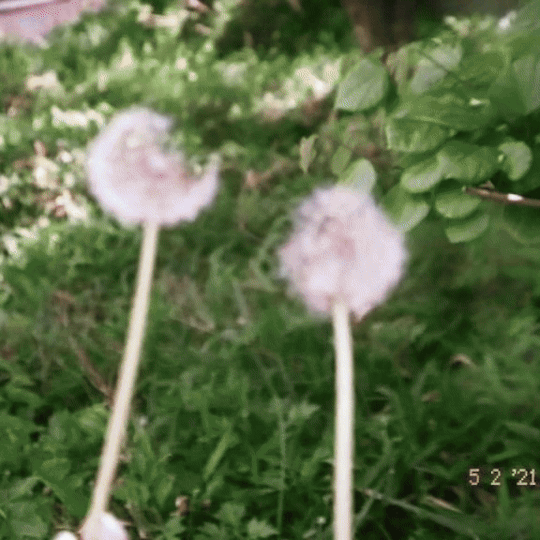


❀ ∿ in my dreams ⏖ ⊞



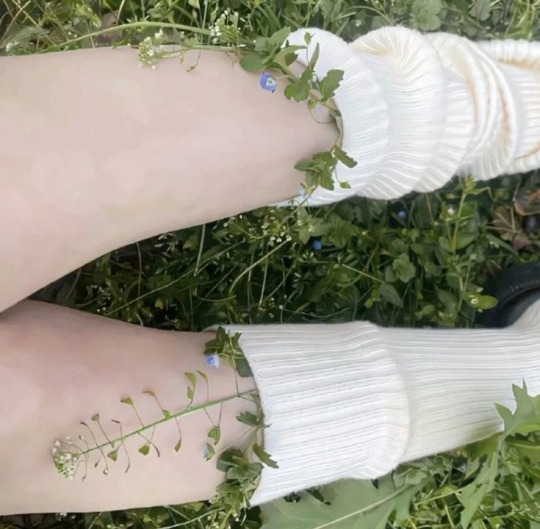


≻ @f-loqweres ⌯
#cozy cottages : the event ❀#⸝⸝ moodboard ! ⟡#⋌ div creds﹕f-loqweres !#red velvet joy#red velvet#park sooyoung#cottagecore#red velvet moodboard#joy moodboard#kpop moodboard#aesthetic moodboard#cute moodboard#alternative moodboard#colorful moodboard#messy moodboard#soft moodboard#cottagecore moodboard#y2k moodboard#fresh moodboard#nature moodboard#white moodboard#green moodboard#pink moodboard#indie moodboard#pretty moodboard#coquette moodboard#retro moodboard#kpop layouts#red velvet layouts#joy layouts
264 notes
·
View notes
